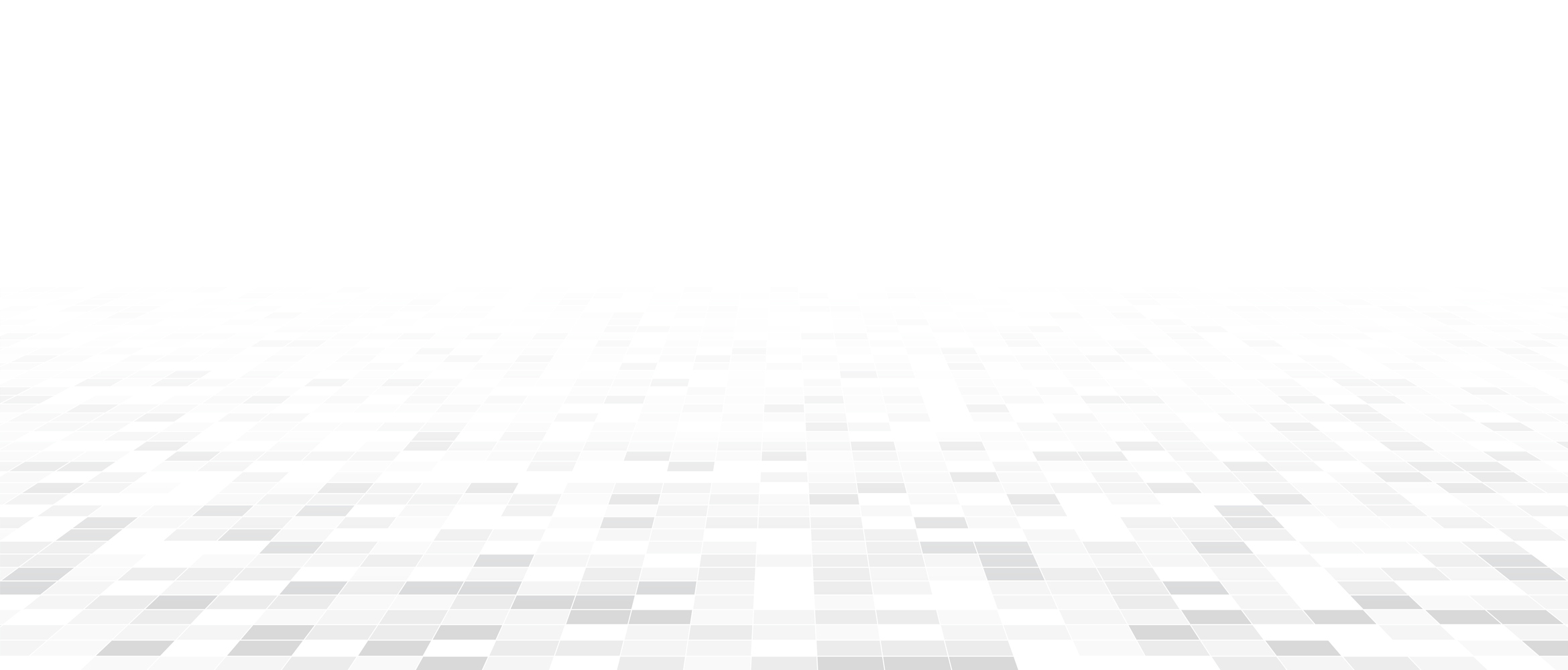
ADVANTAGES OF SOLVENT CLEANING OVER AQUEOUS
What is Aqueous Cleaning?
Aqueous cleaning is water-based and involves using various cleaning methods (from dip tanks to hand-scrubbing, to large industrial equipment washers) to remove grease, dirt, and oil from parts and equipment. What is Aqueous Cleaning? Aqueous cleaning refers to a soap and water solution where the soap has an alkalinity to it. This entails an initial wash of the parts in the alkaline/water bath, then typically a water rinse bath, then sometimes a spray rinse bath and then finally some kind of drying step.
Aqueous Cleaning uses water with surfactants, detergents, emulsifiers, inhibitors, anti-foaming agents, PH buffers and many other additives to the water wash bath to remove contaminants from your parts. It is difficult to maintain the quality of the bath because the concentration of soap and alkaline measure of the bath needs to be carefully maintained and is expended by the cleaning. Typically also there needs to be skimming and filtering. The wash bath's integrity needs to be maintained and water is hard to remove from parts.
After cleaning, the metal parts need to be rinsed (in de-ionized water) and dried (usually in a separate stage or device) prior to being able to use the parts in the next manufacturing stage. This process is usually done via multiple "wash tanks." Overall, the process can be cumbersome, time consuming, and prone to having parts not cleaned properly due to water deposits and the detergents, etc. left on the part. Additionally, water has a high surface tension, so there is limited penetration into complex geometries.
SOLVENT CLEANING VS AQUEOUS

WHAT IS VAPOR DEGREASING
SOLVENT CLEANING?
Solvent based cleaning is usually done in a vapor degreaser unit using a non-flammable, azeotropic, fast evaporating solvent. A vapor degreaser is quick comprehensive cleaning, where the baths are self renewing through the reflux (distillation) process that is part of the system. A vapor degreaser is one contained unit that heats the solvent to boiling and the "vapor" takes the oil, grease or other contaminant from the metal part into solution removing the soil completely. Also, solvents have low surface tension, so they penetrate complex geometries easily while being highly evaporative so the drying is almost instantaneous.
Vapor degreasers also have the ability to do ultrasonic immersion to increase cleaning of complex geometries. Improvements in vapor degreasing equipment and vapor degreasing solvent technologies make vapor degreasing an efficient, economical, fast cleaning option.
5 ADVANTAGES OF SOLVENT-CLEANING VS. AQUEOUS CLEANING
1) SOLVENT CLEANING IS A MORE EFFECTIVE CLEANING PROCESS.
Water-based cleaning means that soils (like hydrocarbons) do not readily dissolve in water baths and thus there is a limited efficacy of cleaning. This is the case with many oils and fluxes. You can consider adding detergents and other chemicals to the aqueous system, to boost cleaning efficiency. And then the pretreatment of the waste water is needed. Additionally, water-based systems can negatively react with the part to be cleaned and cause rust, corrosion or other damage.
Vapor Degreasing with AeroTron Solvent increases the efficiency of cleaning many soils and other contaminants not cleared by water systems. AeroTron Solvent-based vapor degreasing cleaning systems work well on a broad range of common manufacturing contaminants - such as oils, greases, lubricants, coolants, drawing fluids, adhesives, waxes, fluxes and flux residues.
3) SOLVENT CLEANING IS FAST — SIGNIFICANTLY REDUCING CYCLE TIME.
With water-based cleaning, the cycle times can be significant, as the part needs to be washed, rinsed and dried (often with time lag between stages). With solvent based vapor degreasing, cleaning happens in minutes (or seconds) all in one contained system, with the parts ready for the next process like plating or adhesion.
2) RINSING AND DRYING ARE NOT REQUIRED.
With water-based cleaning, there are usually several steps required to properly execute the aqueous cleaning process. Once the part is cleaned, it must be rinsed and dried. This can add significant time to the cleaning phase of the manufacturing process.
In a vapor degreaser, the AeroTron quickly condenses in the cooling zone. The refrigeration condensing coil within the vapor degreasing machine cools and dries the part while the dirty solvent drips back into the tank for distillation, filtration and reuse. So there is no need for rinsing and drying of the parts - thus significantly reducing the cycle time.
5) SOLVENT CLEANING MEANS MINIMAL MAINTENANCE AND REDUCE COSTS.
Aqueous cleaning requires detergents and bath monitoring to ensure the proper mix of detergent to water. Additionally, water-based cleaning requires de-ionized water and water treatment post-cleaning. AeroTron™ solvent-based vapor degreasers do not require bath maintenance. Additionally, vapor degreasing provides the ability to clean thousands of parts with clean distilled solvent - over and over.
4) SOLVENT CLEANING MEANS A REDUCED FOOTPRINT.
Traditional aqueous cleaning stations are footprint expensive. Each stage of the process from cleaning to rinsing to drying requires different units and thus more space for the equipment. A vapor degreasing system does the cleaning and drying all in one compact footprint, eliminating the need for the part to move from stage to stage. AeroTron™ solvent-based vapor degreasing is a more efficient use of footprint.

AEROTRON SOLVENT IN VAPOR DEGREASERS CLEANS BETTER THAN WATER-BASED CLEANING.
No rinsing or drying is needed.
Shorter cleaning cycle times.
ULTRA™ vapor degreaser units are compact,
efficient cleaning systems.The advantages of solvent cleaning over aqueous cleaning are clear. The benefits of consistently cleaned parts with no redeposit of soils or detergents, combined with the cost savings of solvents used in vapor degreasing which can be recycled and distilled almost indefinitely combined with the savings in labor costs, reduced maintenance and energy consumption, and high-yield, high-quality of cleaned parts, vapor degreasing is the clear choice.
Solvent based vapor degreasing
is a faster, more effective, and environmentally smarter way to clean manufactured parts.










